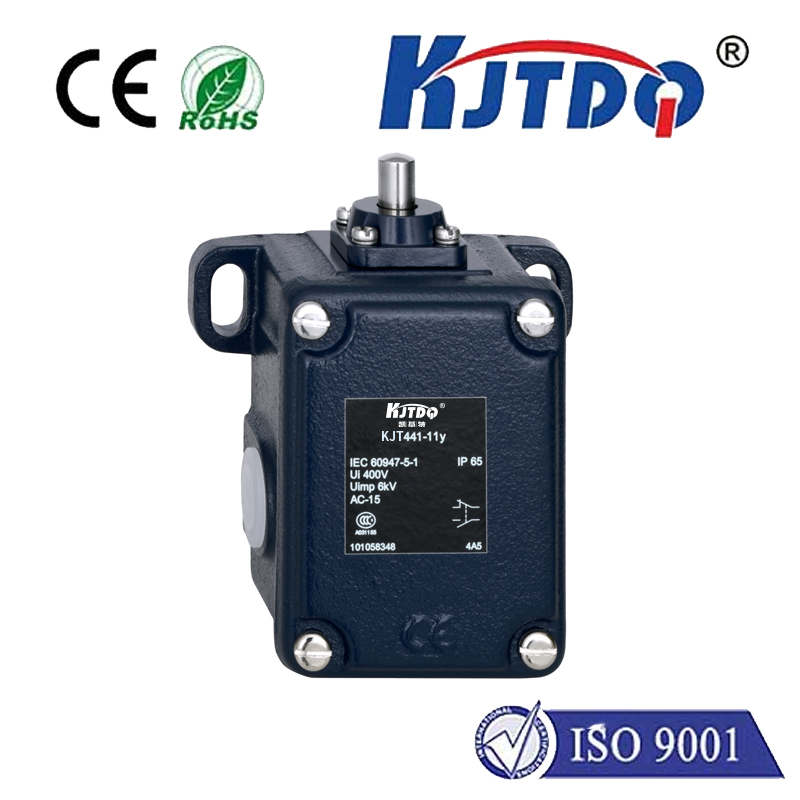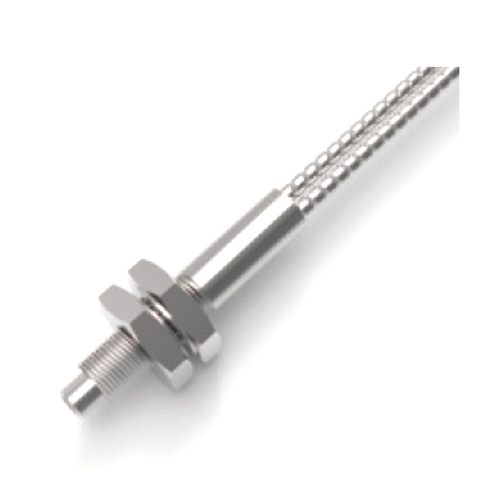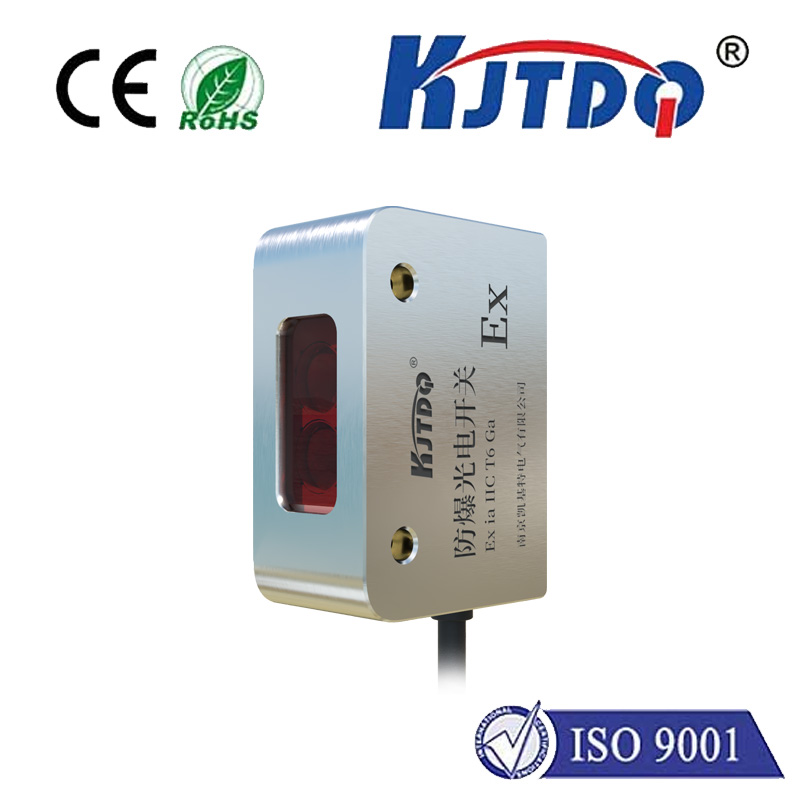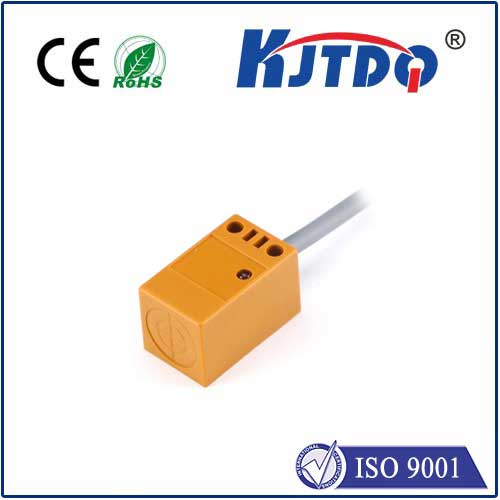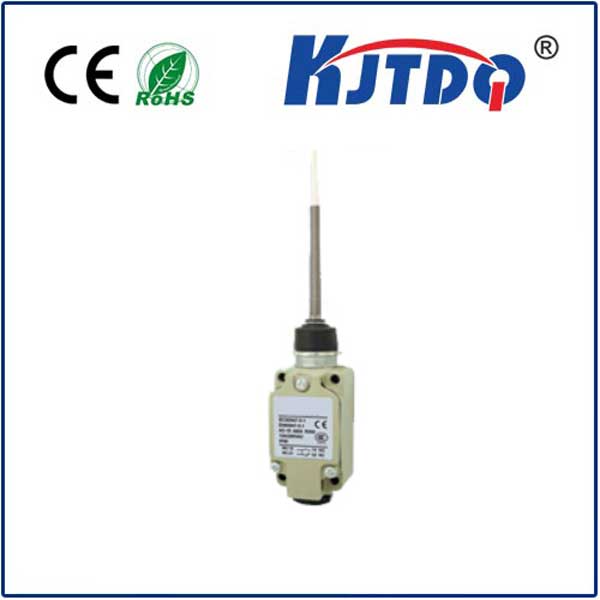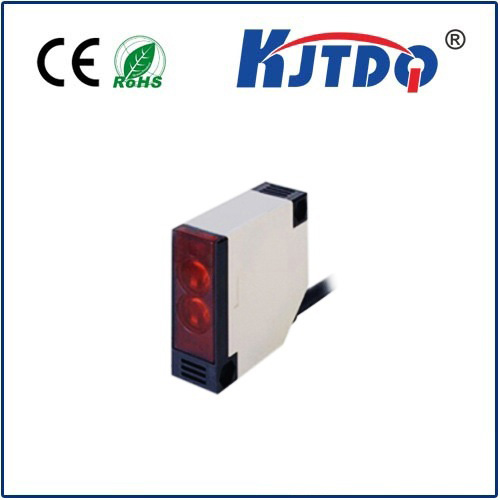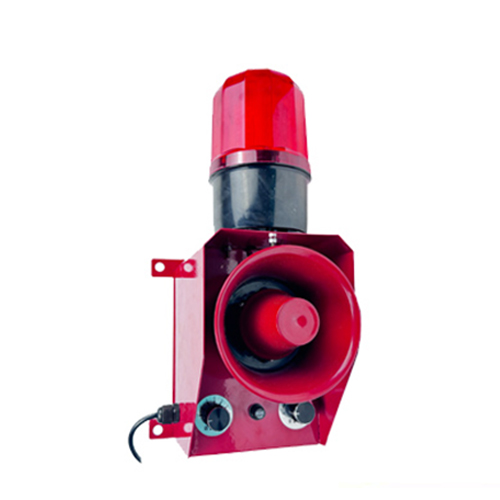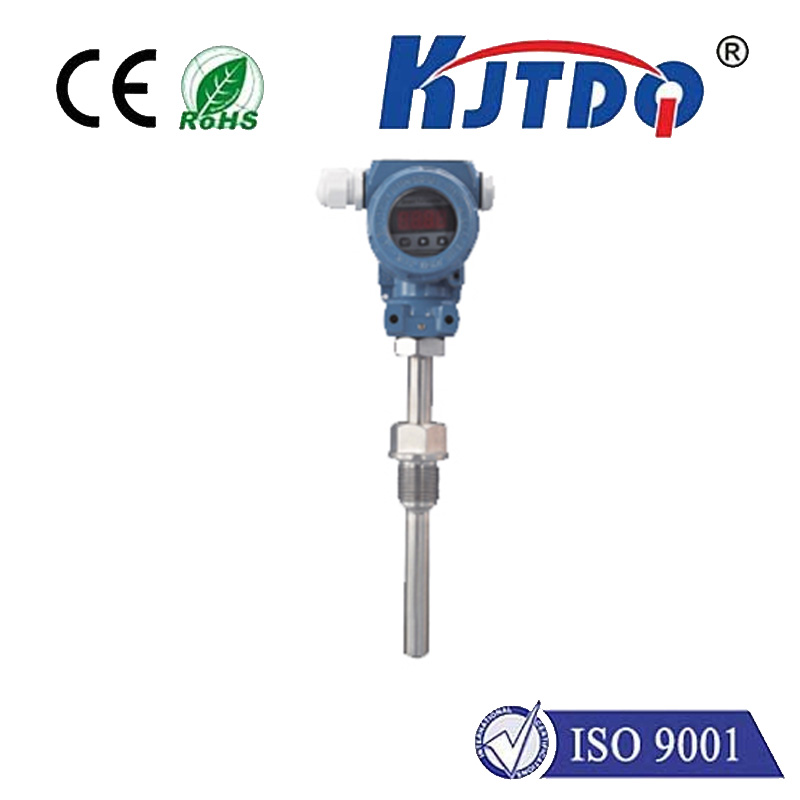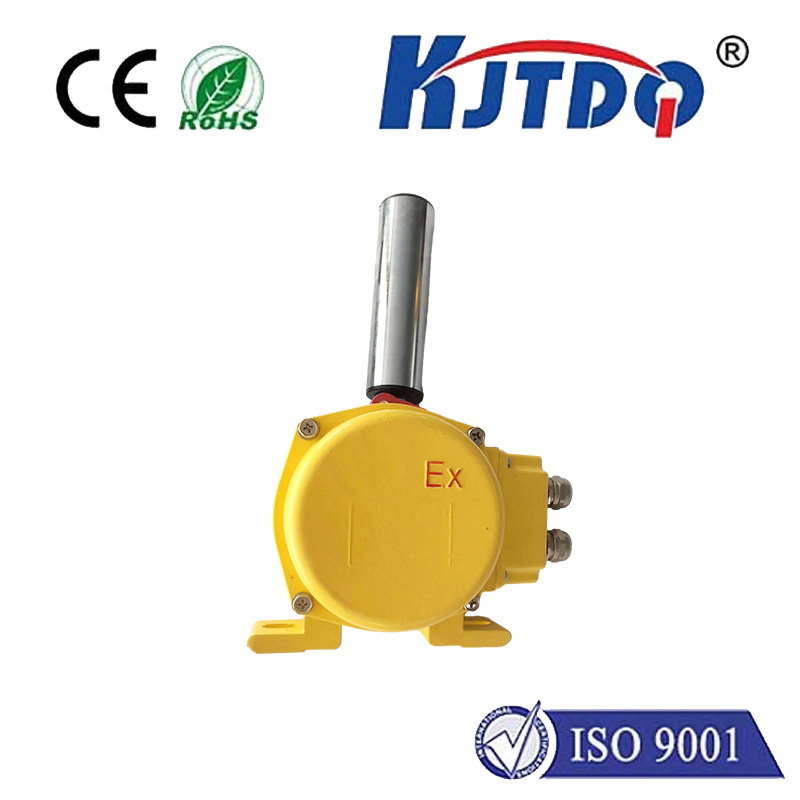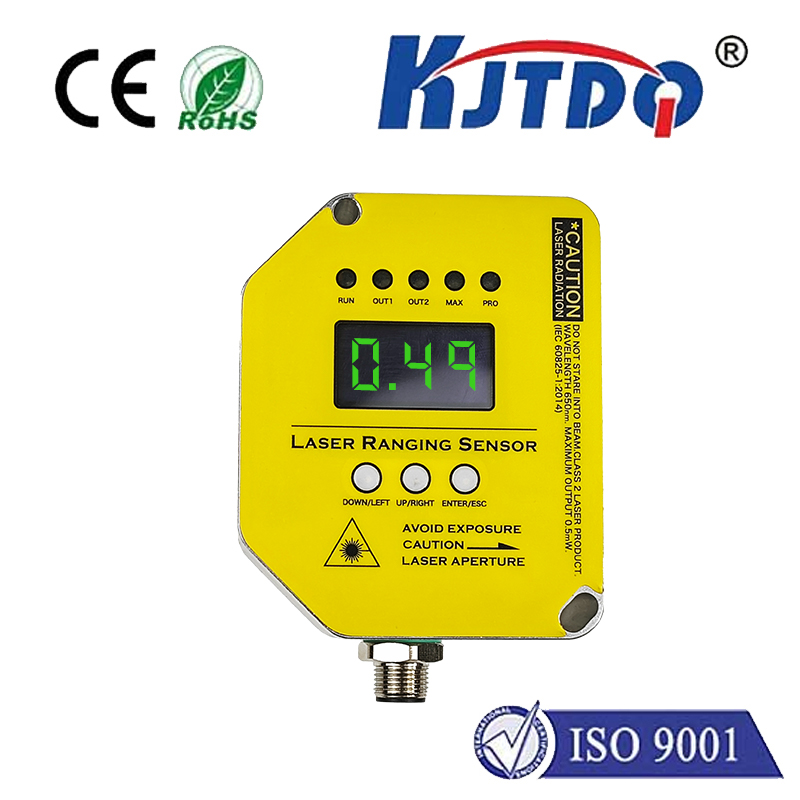E3FB-DP21-F2 5v photoelectric sensor
- time:2025-10-09 10:03:50
- Нажмите:0
E3FB-DP21-F2 5V Photoelectric Sensor: Your Compact Powerhouse for Precision Detection
Imagine a tiny sentinel, silently watching a production line, instantly recognizing the presence or absence of a critical component. Or a compact guardian within intricate machinery, verifying a part’s position with unwavering accuracy, all powered by mere 5 volts. This isn’t science fiction; it’s the everyday reality enabled by photoelectric sensors like the Omron E3FB-DP21-F2. In the intricate world of industrial automation, robotics, and even sophisticated hobbyist projects, reliable object detection is fundamental. For applications demanding compact size, low voltage operation, and dependable performance, the E3FB-DP21-F2 emerges as a remarkably versatile solution.
Photoelectric sensors, fundamentally, work by utilizing light. An emitter sends out a light beam (visible red, infrared, or laser), and a receiver detects it. When an object interrupts or reflects this beam (depending on the sensing mode – through-beam, retro-reflective, or diffuse-reflective), the sensor’s output state changes, signaling detection. The Omron E3FB series is renowned for its miniature design without sacrificing robustness, making it ideal for tight spaces where traditional sensors simply wouldn’t fit.
So, what makes the E3FB-DP21-F2 model specifically noteworthy? The designation itself holds key clues:

- E3FB: Identifies the compact sensor series.
- D: Indicates a Diffuse-reflective type. This means the emitter and receiver are housed in the same unit. The sensor detects objects by receiving light reflected directly off the target. This simplifies installation (only one device to mount and wire) but typically offers a shorter sensing range compared to through-beam types.
- P: Signifies the output type is ПНП (also known as sourcing). In simple terms, when the sensor detects an object, its output terminal switches to supply positive voltage (+V). This is a common output configuration compatible with many PLCs (Programmable Logic Controllers) and microcontrollers.
- 21: This part of the code often relates to specific performance characteristics or housing variations within the E3FB-D series. It confirms the specific detection range and beam characteristics.
- F: Specifies a Fixed Cable connection type (as opposed to connector types like M8).
- 2: Represents the cable length, typically indicating a 2-meter cable.
- 5V: The critical operational voltage – this sensor is designed to run on a 5V DC power supply.
The 5V specification is a major differentiator and a significant advantage. While many industrial sensors operate on higher voltages like 12-24V DC, the E3FB-DP21-F2 thrives at 5V. This makes it exceptionally well-suited for:
- Microcontroller & Embedded Systems: Directly interfacing with popular boards like Arduino, Raspberry Pi, ESP32, and others that predominantly use 5V logic levels. No need for complex level-shifting circuits.
- Low-Power Applications: Consuming significantly less power than higher-voltage sensors, ideal for battery-operated devices or energy-sensitive setups.
- Modern Electronics Integration: Seamlessly connecting to circuits and modules designed around standard 5V TTL/CMOS logic.
- Space-Constrained, Low-Voltage Environments: Where only a 5V rail is readily available.
Beyond its voltage compatibility, the E3FB-DP21-F2 packs impressive performance into its tiny form factor:
- Compact Size (12x12x31mm): Its miniature dimensions allow installation in locations previously inaccessible to bulkier sensors. This is crucial in modern, densely packed machinery and miniaturized equipment.
- Reliable Diffuse-Reflective Sensing: Offers detection ranges suitable for close-proximity tasks, such as verifying part presence on a conveyor pallet, detecting labels on vials, or confirming the position of small components in an assembly jig. Typical sensing distances for diffuse models like this are in the range of 10mm to 100mm, depending on the target surface and color.
- Fast Response Time: Photoelectric sensors inherently offer rapid switching speeds, enabling them to detect objects moving at high velocities on production lines or in sorting mechanisms. The E3FB series boasts response times measured in milliseconds or even microseconds.
- Прочная структура: Designed to withstand typical industrial environmental challenges, including dust and minor splashes (though specific IP ratings should always be confirmed for the application).
- Visible Red Beam: The use of a visible red LED emitter significantly simplifies alignment during setup and troubleshooting compared to infrared beams.
The applications for this powerhouse miniature sensor are vast and varied:
- Micro-Factory Automation: Verifying the presence of tiny electronic components, PCBs, or connectors during assembly.
- Desktop Robotics & CNC Machines: Detecting end-of-travel limits, workpiece positioning, or tool changes.
- Laboratory Equipment & Analyzers: Confirming vial or sample cassette presence, detecting fluid levels in transparent tubes (under specific conditions).
- Packaging Machinery: Sensing small packages, labels, or foil lids at close range on compact packaging lines.
- 3D Printers & Additive Manufacturing: Filament runout detection, bed leveling confirmation, or end-effector position sensing.
- Consumer Electronics Assembly Lines: Detecting small screws, micro-USB ports, or ribbon cables during insertion.
- DIY Electronics & Prototyping: Integrating reliable object detection into Arduino/Raspberry Pi projects for interactive displays, security systems, or model automation.
Utilizing the E3FB-DP21-F2 effectively requires attention to its operational principles:
- Target Suitability: As a diffuse-reflective sensor, its performance is influenced by the target’s size, color, and surface texture. Highly reflective or dark, matte surfaces will yield significantly different sensing distances. Testing with the actual target material during setup is essential.
- Background Considerations: Ensure there is sufficient contrast between the target and its background to prevent false triggering. The sensor detects the object based on the light it reflects back.
- Supply Voltage: Strictly adhere to the 5VDC power requirement. Exceeding this voltage can permanently damage the sensor.
- Mounting: Its small size demands stable mounting. Ensure it’s securely fixed and correctly aligned towards the sensing area. Use the status indicator LED (usually built-in) for setup verification.
In the relentless pursuit of efficiency and miniaturization, components like the Omron E3FB-DP21-F2 5V photoelectric sensor are indispensable. It exemplifies how powerful automation and detection capabilities can be delivered in an exceptionally small, low-power package. By offering reliable diffuse-reflective sensing directly compatible with the 5V ecosystems prevalent in modern electronics, micro-automation, and prototyping, the E3FB-DP21-F2 solves critical detection challenges where space, voltage, and precision are paramount. Whether enhancing a high-speed production cell or bringing an innovative hobby project to life, this compact sensor provides a

